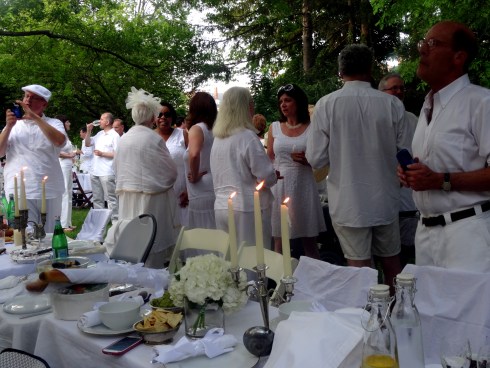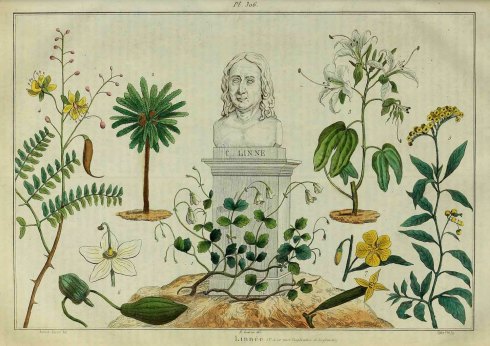For various projects over the years I have compiled a stack of reprints of agricultural, health, and “better living” manuals and almanacs from the sixteenth and seventeenth centuries which prescribe monthly tasks and helpful hints, including Thomas Tusser’s Hundreth Good Pointes of Husbandrie (1557) and its sequel Five Hundred Pointes of Good Husbandrie, Richard Saunders’ Apollo Anglicanus: The English Apollo (1665 edition), and Nicholas Breton’s Fantastiks: Serving for a Perpetuall Prognostication (1626) just to name a few titles. While we may not welcome a regimen as much as early modern audiences, I’ve got a busy summer ahead of me so must make some lists. The contrast of rural life centuries ago with (sub-) urban life today is striking: my busy life looks pretty leisurely in comparison.
What to do in June, circa 1600:
1) Weed: in June get thy wedehoke, thy knife and they glove: and wede out such wede, as the corne doth not love. Slack no time thy weding, for darth nor for cheape: thy corne shall reward it, or ever thou reape. (Tusser)
2) Shear the sheep, but not the lambs.
3) Fatten pigs.
4) Ensure that all outbuildings are in good condition to store grains when the rain comes: things thus set in order, in quiet and rest, shall further thy harvest and pleasure thee best. (Tusser)
5) Harvest the first crop of hay: it is now June and the Hay-makers are mustered to make an army for the field. (Breton)
6) Distill roses and “sweet herbs”.
7) Drink the “pleasantest” wine, and white wine in particular, for it purgeth Choler, and noxious humors from the stomack. (Saunders).
8) Eat “Sallets of Lettice prepared with Vinegar” (Saunders)
9) Don’t eat too much, and exercise: all this month glut not the stomack, but arise from the table with an appetite; arise betimes in the morning, and exercise your body with some long walk. (Saunders)
10) Take heed of eating Cheese and Apples this month, and don’t stay too long in the bath, but to wash the feet this month in cold water is commended. (Saunders)
What to do in June, circa 2015:
1) Weed.
2) Trim the claws of my cats, even those of intimidating Mr. Darcy (or take them to the pet groomer).
3) Buy “healthy weight” cat food for my cats, especially Mr. Darcy.
4) Write nice note to new neighbors asking them to paint their old peeling shed, which borders our garden.
5) “Harvest” flowers from lady’s mantle, alexanders, roses, and other June flowers.
6) Put terrible-smelling salmon stuff on roses.
7) Drink the “pleasantest” wine, especially Sauvignon Blancs from New Zealand.
8) Get on the kale bandwagon.
9) Don’t eat too much and exercise.
10) Seek out new goat cheeses–the only kind of cheese I can eat—and try to take more advantage of my clawfoot tub, as well as what Nicholas Breton calls the sweet season [in which] the senses perfume, and the spirits comfort.

Arthur Wesley Dow, A June Morning (also known as A View of Ipswich, Massachusetts), 1893.
Like this:
Like Loading...






















































































